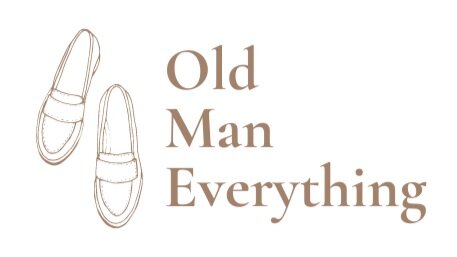Systematizing a Closet
Systems thinking is an old idea, but it has received increased attention recently. Its main idea is that you will develop a more effective understanding of a system if you see its components as connected in an integrated whole, rather than as separate, self-contained segments. And while you may not think of, say, your closet in this way, that is precisely what it is: a system. You own plenty of items that you use in a variety combinations to dress yourself. Convincingly, hunters actually refer to the clothes they wear as their system: they own several different pieces of gear that they mix-and-match depending on the specific circumstances. So, why not think systematically about the closet? Building on both my first principles as well as my views on buying and owning, I will explain the parameters and reasoning that underpin a good closet system.
The most important part of seeing your closet as a system is understanding what you own: I do this by managing my possessions in an Airtable spreadsheet. My spreadsheet includes fields such as brand, color, formality, material, weight, season, fit and overall rating. You can use my format as a template and then adapt it to your own needs. The spreadsheet is very useful because it helps me understand what I have, what I should offload, or what I should acquire. I own about 30 t-shirts…I don’t need anymore. Because I have so many, the probability of deriving great additional use or value out of an addition will be low, so the bar to add something must be very high. And maybe I should donate the ones that I don’t like that much and/or don’t fit that well. Interestingly, although I am obsessed with leather dress shoes, my spreadsheet makes it clear that I only own brown dress shoes. I could stand to add a black pair: the spreadsheet helps me visualize how they would work with what I already own. In short, understanding your closet will help you better manage it.
In addition to my closet spreadsheet, I also keep a wish list spreadsheet because it helps me purchase more intentionally. This Airtable includes fields such as brand, price, usefulness, and date. The main aim of keeping this list is to try to make purchases after really thinking them through. In the U.S. Capitol, protocol requires that a few years pass before commemorating an event with a mural because it takes time to assess the gravity of an event. While the moon landing occurred in July 1969, a mural was not commissioned until 1972 and it was not installed until 1975. Similarly, I try not to acquire an item until it has been on my wish list for a few months. Moreover, having all my wants in one place allows me to prioritize how I spend. Would I rather add a pair of hunting boots to keep my toes warm or would I rather buy a fifth pair of chinos? Would I rather save to buy a vintage watch, or would I rather buy a couple more sport coats? Seeing specifics choices in relation to the whole facilitates better decision making.
I have also set rules for myself to ensure that I am intentional in my purchases. I know some people have a very negative gut reaction to the idea of rules—I relate to that. But when you set rules for yourself, instead of rules arbitrarily forced on you by some authority, you are creating a framework to free yourself from your own whims. I know I will feel and live better if I require myself to work out five days a week. And of course, rules can have exceptions. But anyways, these are my closet rules:
Offload anything that goes unworn for one year (exceptions are occasion pieces like my tuxedo)
Only buy something if either it’s clearly “needed” (such as wool socks for winter hiking) or has been on my wish list for at least two months – I am trying not to make exceptions for drop culture
Strictly adhere to my annual budget for leisure spending (15% of my after-tax income)
In addition, there are two inter-related rules I have not yet adopted but I am working towards:
Cap the amount of items allowed within one category (i.e. 25 t-shirts, 10 pairs trousers, etc.)
Apply a one-in-one-out method to categories with no further cap space
In short, I am really benefiting from approaching my closet as a system. Managing spreadsheets of what I own and what I want, as well as sticking to a set of rules, is enabling me to buy and own more effectively.
